Yeonji-dong Sundubu (연지동순두부)
7.5Km 2021-03-22
10, Daehak-ro, 1-gil, Jongno-gu, Seoul
+82-2-762-0593
This place sells a variety of soft tofu dishes. This Korean dishes restaurant is located in Jongno-gu, Seoul. The most famous menu is seafood and soft bean curd stew.
Gocheok Sky Dome (고척 스카이돔)
7.5Km 2023-09-05
430 , Gyeongin-ro, Guro-gu, Seoul
Gocheok Sky Some is the first dome-type baseball stadium to be built in Korea. Since its establishment in 2015, the stadium has been used as a venue for diverse events, including baseball games, athletic sports, performances, concerts, and more. The stadium consists of two basement floors and four above-ground floors with 16,783 seats. Gocheok Sky Dome serves as a cultural facility for the public that can host events regardless of season and weather. A baseball-themed street is connected to the dome for baseball fans. Several other sports-related facilities and retailers are also available.
Samchonne 2ho (삼촌네2호점)
7.5Km 2021-04-06
12, Sillim-ro 59-gil, Gwanak-gu, Seoul
+82-2-876-7704
This is a Sundae stir-fried restaurant with long tradition, located at Sundae Town near Sillim Station. This Korean dishes restaurant is located in Gwanak-gu, Seoul. The most famous menu is blood sausage.
Cheongansa Temple (천간사)
7.5Km 2021-10-12
20-8, Bulgwang-ro 10-gil, Eunpyeong-gu, Seoul
+82-2-355-7430
Cheongansa Temple was first built in 1960, and was re-built in 2009. It has many pagodas and monuments: a pagoda filled with sari relics of Buddha; Budotap Pagoda, which is a shrine to the monk who found the temple and his sacred relics; and a monument honoring the late first lady Yuk yeong-su. The re-built temple was awarded the Hanok Prize in the Hanok Competition 2011. Located along the Bukhansan Mt. Dulaegil Trail, the temple provide visitors with the chance to enjoy fresh air and a rest from hiking along the trail.
Ttosuni Sundae (또순이원조순대)
7.5Km 2020-06-16
14, Sillim-ro 59-gil, Gwanak-gu, Seoul
+82-2-884-7565
“Ttosuni Sundae” first started as a small street stand in 1976 and soon became the biggest sundae (blood sausage) restaurant in Sundae Town. Many people visit Ttosuni Sundae because it has been introduced several times through various mass media. White sundae is the most popular dish due to its delicate taste of fried sundae with various vegetables. Sundae guk (blood sausage soup), as well as fried sundae are frequently enjoyed, especially in winter. The dining area is large enough for group gatherings.
Agurang Kkotgerang (아구랑꽃게랑)
7.5Km 2024-03-08
35-7, Dongho-ro 24-gil, Jung-gu, Seoul
+82-2-2263-5554
This is a seafood restaurant specializing in Ganjanggejang (Soy sauce marinated crab). The crab is plump and seasoned to perfection, making it an excellent accompaniment to steamed rice. The restaurant’s Gulgukbap (Oyster and rice soup), a winter favorite, is enhanced with seaweed fulvescens, which is rich in vitamins and iron, making it beneficial for those suffering from anemia. Side dishes include Cheongpomukmuchim (Mung bean jelly salad), Kimchi, and Kongnamulmuchim (Bean sprout salad). Another popular item on the menu is the spicy Agutang (Monkfish soup), filled with springy monkfish.
Wumukbaemi Sillim Main Store (우묵배미)
7.5Km 2024-02-16
1540 Nambusunhwan-ro, Gwanak-gu, Seoul
Wumukbaemi is a Korean restaurant situated near the Horim Museum. The name "Wumukbaemi" translates to a dented rice paddy, harking back to the old name of Nangok, the location of the restaurant. The standout dish is the dwaeji dubu jjigae (pork and bean curd jjigae), featuring ample portions of pork and bean curd. It boasts a clean taste, free from the strong smell of pork and without excessive saltiness. Nearby attractions encompass Gwanaksan Ecological Park, Boramae Park, and Yeouido Park.
Sukjeongmun Gate (북악산 숙정문)
7.5Km 2020-06-19
1, Daesagwan-ro, Seongbuk-gu, Seoul
+82-2-747-2152
Of the Four Great Gates (Sukjeongmun, Namdaemun, Dongdaemun, and Seodaemun), established by King Taejo in 1396, Sukjeongmun is called the north gate.
Located to the north of Seoul, this gate, with Gyeongbokgung Palace in the center and Changaemun (Jahamun) to the right, make up the wings of the north gate. Due to the possible danger of the area being damaged from all the pedestrians, the king in 1413 planted pine trees and prohibited passing this area. Henceforth, Sukjeongmun became a scenic walkway until the North Korean Communist infiltration of 1968, which prohibited the passing of all civilians.
The reopening of Sukjeongmun in April of 2006 has led to the opening of Bugaksan Mountain in April of 2007 and is in the process of dividing it into 3 courses. Bugaksan Mountain has been kept well-preserved due to a long period of restriction in this area, and if you climb the mountain, you will be able to see all of Seoul.
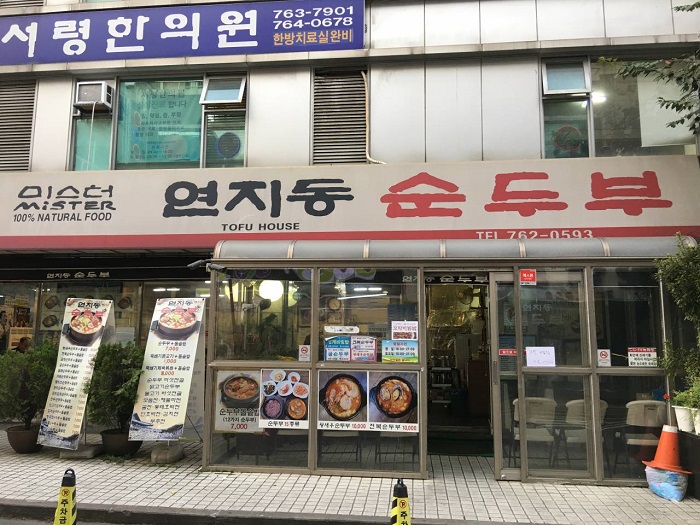
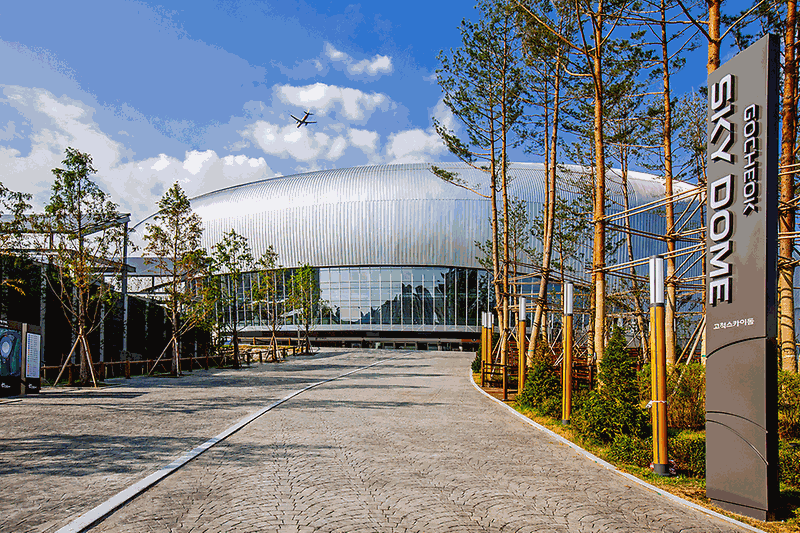
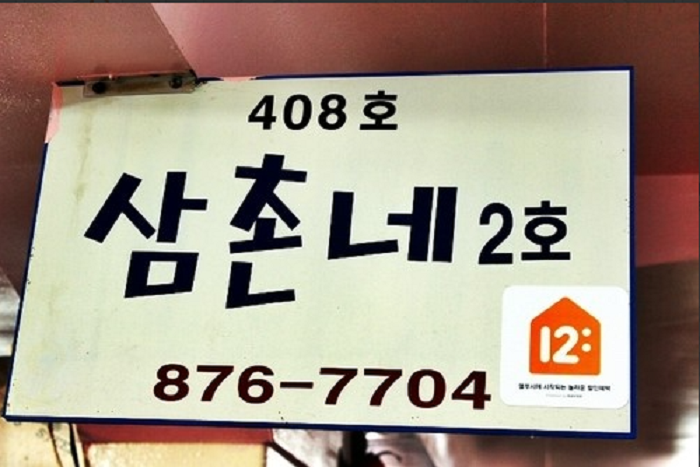
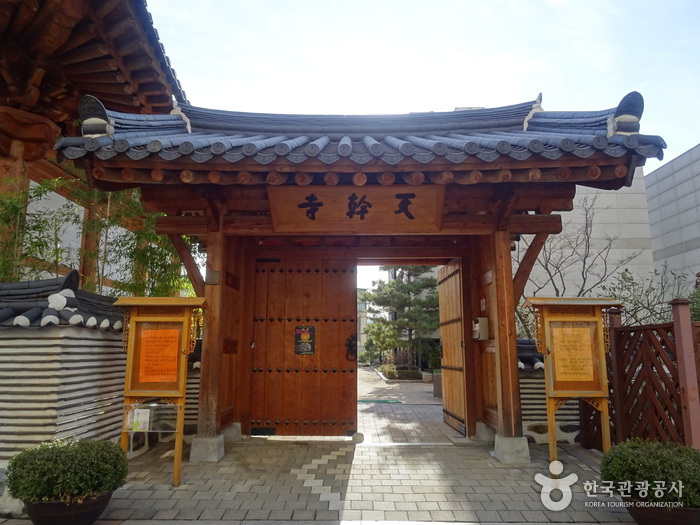
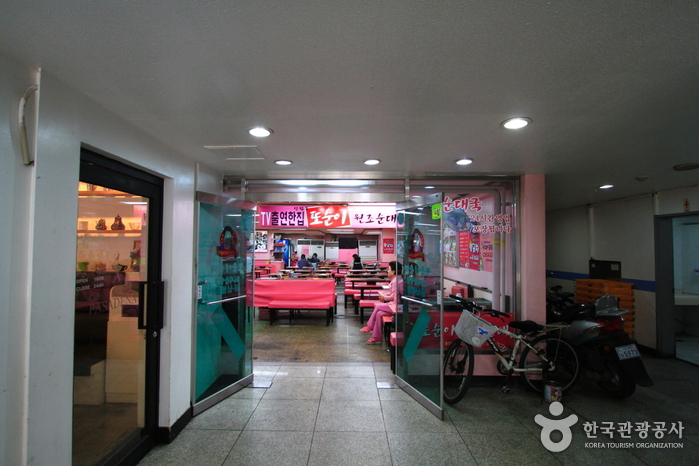

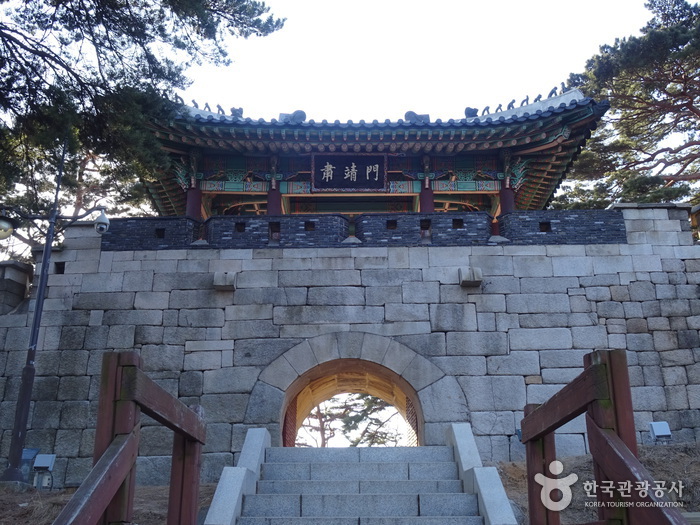
 English
English
 한국어
한국어 日本語
日本語 中文(简体)
中文(简体) Deutsch
Deutsch Français
Français Español
Español Русский
Русский